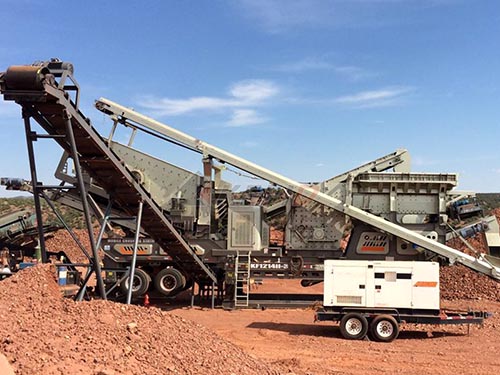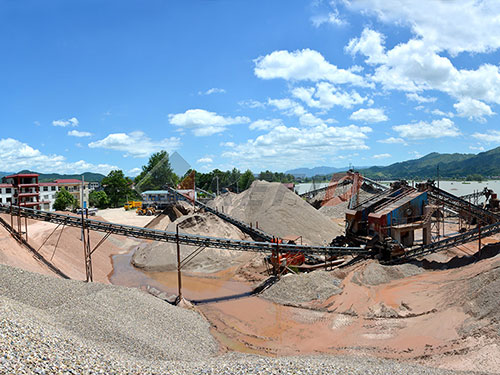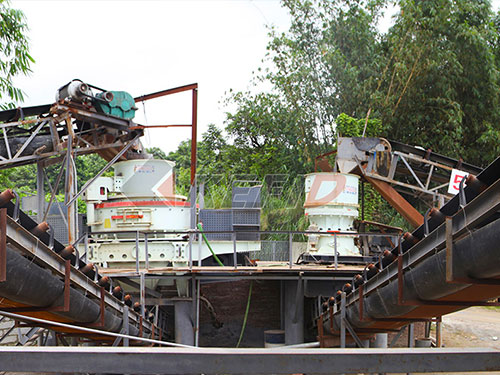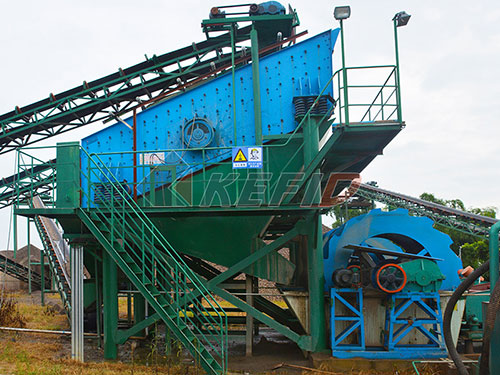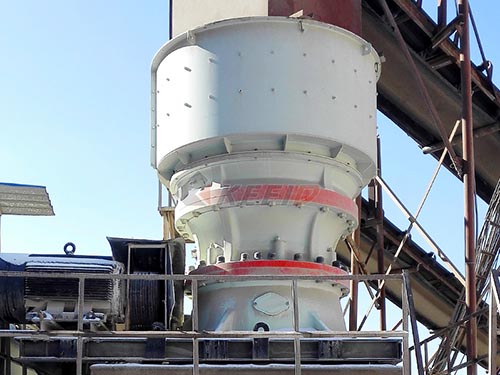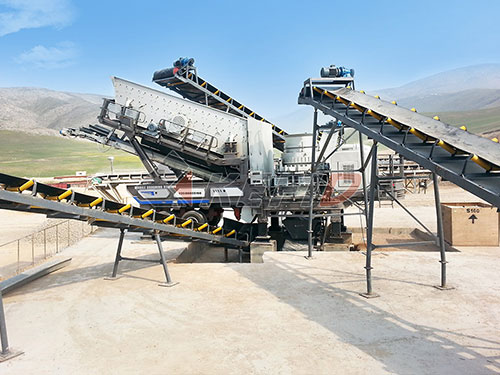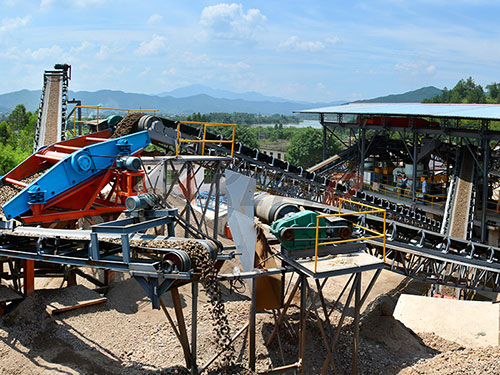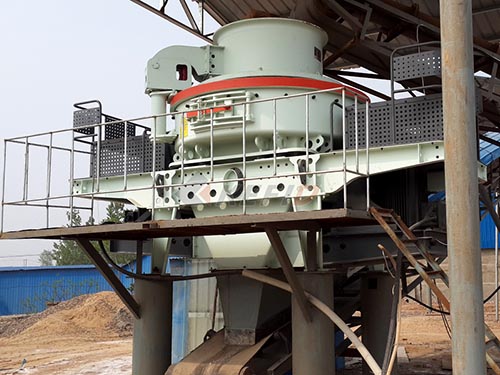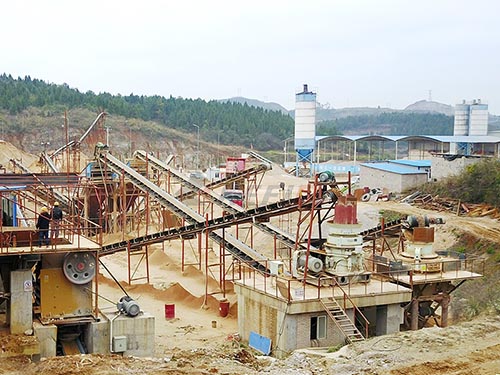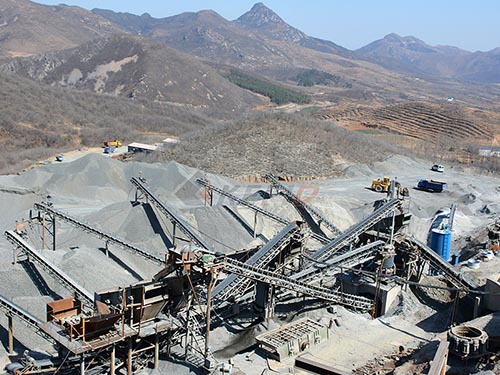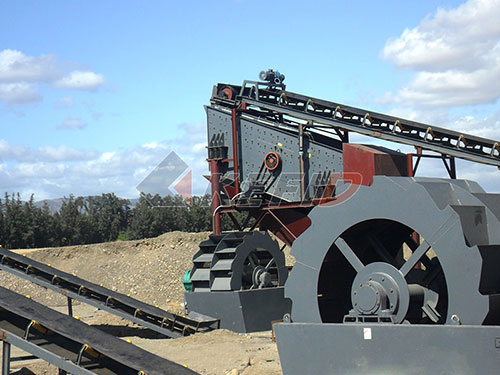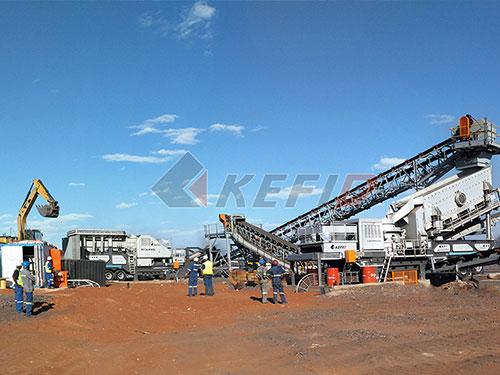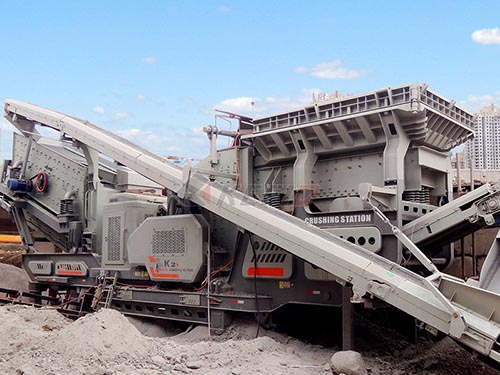The Unyielding Workhorse: Demystifying the Jaw Crusher

In the foundational stages of mineral processing, aggregate production, and recycling operations worldwide, one piece of equipment stands as an indispensable cornerstone: the Jaw Crusher. Renowned for its robust simplicity and formidable crushing power, this primary crusher shapes raw materials into manageable sizes with remarkable efficiency.
The Core Principle: Simplicity in Action
At its heart, a jaw crusher operates on a straightforward yet highly effective principle reminiscent of a giant nutcracker. It comprises two vertical jaws – one fixed and one movable – forming a V-shaped crushing chamber known as the crushing cavity. Raw material (feed) enters from the top.

The movable jaw exerts tremendous force against the fixed jaw through an eccentric shaft mechanism driven by a motor and flywheel assembly. This action creates a powerful compressive force that breaks down large rocks, concrete debris, or ore into smaller fragments. The crushed material gradually moves downward through the narrowing cavity until it reaches the desired size and exits through an adjustable opening at the bottom – the discharge setting.
Components & Their Roles:
1. Fixed Jaw Die: Stationary crushing surface attached to the main frame.
2. Movable Jaw Die: Swings towards and away from the fixed jaw; directly applies crushing force.
3. Eccentric Shaft: Rotates within bearings; converts motor rotation into the reciprocating motion of the movable jaw.
4. Toggle Plates: Critical safety components acting as sacrificial links; designed to break under extreme overloads (like uncrushable tramp metal), protecting more expensive parts.
5. Flywheel: Stores rotational energy during idle phases of the cycle and releases it during crushing strokes to ensure smooth operation under heavy load.
6. Discharge Setting Adjustment: Achieved via hydraulic systems or mechanical shims altering wedge positions; determines final product size.
Types & Applications:
While sharing core principles, jaw crushers come in configurations suited to different needs:
Blake (Double Toggle): The original design features two toggle plates providing maximum leverage for hard rock applications demanding high compressive strength crushing.
Overhead Eccentric/Single Toggle: A more compact design where the movable jaw is suspended directly from an eccentric shaft above; offers lower installation height and often higher capacity per unit area compared to double toggle designs for medium-hard materials.
Applications Span Industries:
Mining & Quarrying:


